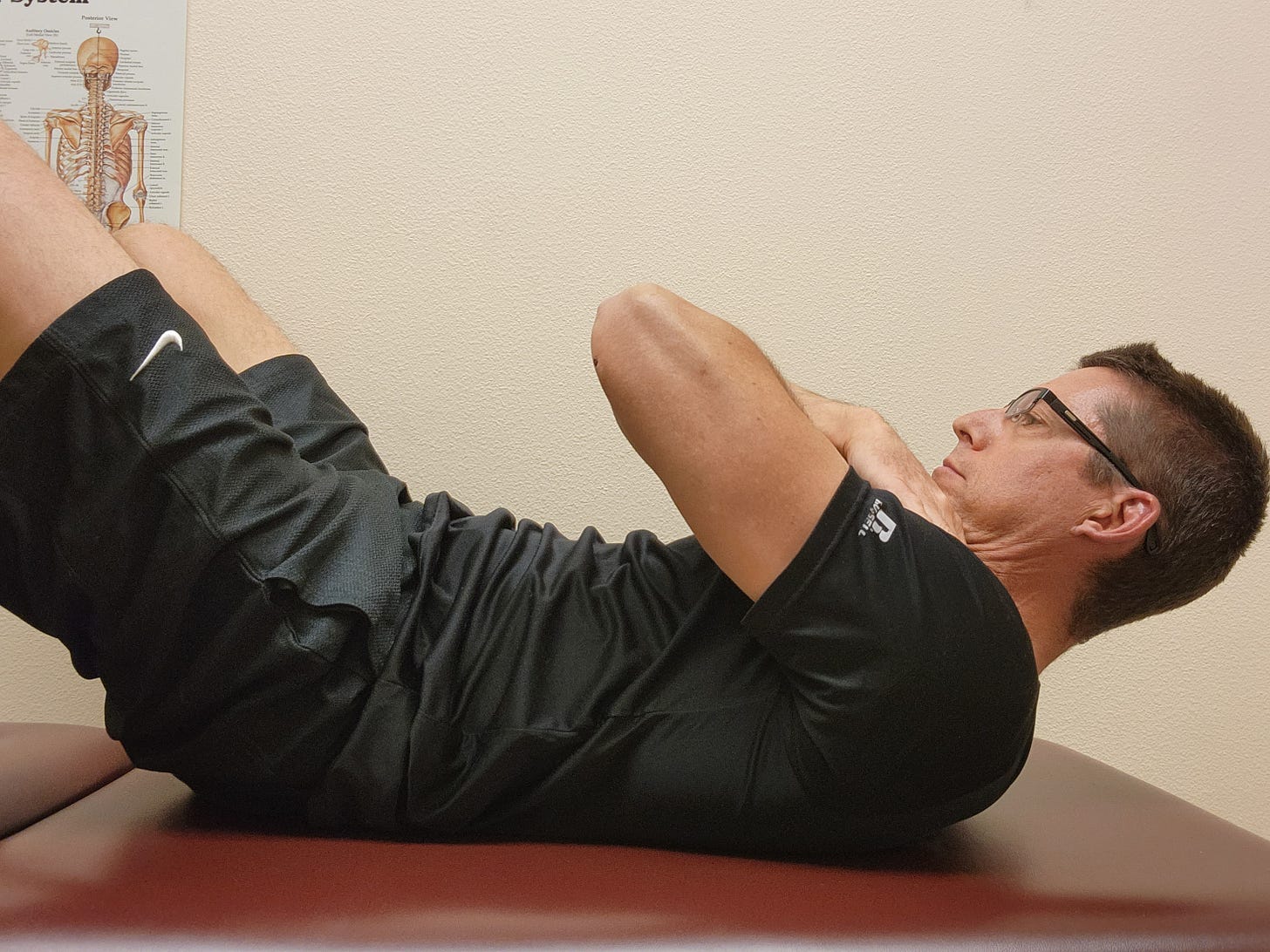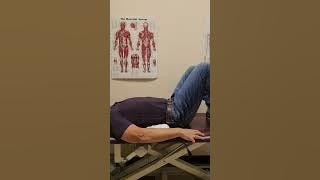Abdominal training wheels
This is not medical advice.
There is a video half way through if you want to skip ahead.
Most of us grew up having to perform sit ups in PE. This wasn’t all that bad, but they weren’t all that great either. They were good at helping with some abdominal isometric strength, and strengthened our hip flexors. That hip flexor strength really helped us lift our knees faster when running.
Sit ups weren’t that great at balancing out our trunk strength. It was heavy work on the front of our spine. Push ups helped plank, or work the back extensors. We were young, and our bodies’ were flexible and resilient, and I don’t think that harmed us. It was certainly better than playing on devices, or the postures we see in some children now.
As adults, sit ups or crunches, may not be the best abdominal exercise for someone with lower back pain. Our abdominals were really designed to hold our trunk stable, so that forces could be transmitted between upper and lower body movements. We don’t walk around “crunching.”
Pelvic stabilization
Pelvic or abdominal stabilization progressions can help decrease someone’s lower back pain. .
I often see people with severe lower back pain, and severe looking xrays. Those people cannot tolerate crunches or harder abdominal strengthening. I say strength, but it’s really more about endurance and motor control. .
I have learned that there is always somewhere we can start this process, to be a gentle and pain free progression.
Click here to watch 2 min video on beginner abdominal stabilization
Another good start is this ball co-contract pictured below. Pushing on this ball automatically fires the abdominal muscles. Don’t push so hard that your back hurts. It does not have to be a hard contraction.
Ab wheels
Speaking of abs and wheels, ab wheels are one of the most extreme strengthening devices on the market.

I routinely see people extend all the way out, when their back is not stable enough to bring them back in. If you are going to use this device, I would caution to go slowly, and not very far at first. Concentrate on the stability of the spine as you move forward, and do not go farther than the spine can handle.
Most of the abdominal contraction is in the first half of the movement. After that, the abdominals may be stretched past their ability to stabilize the spine.






